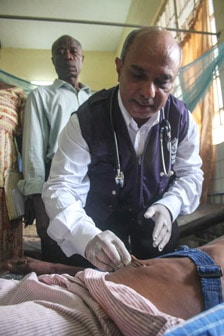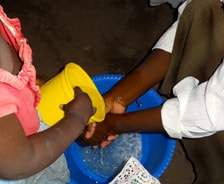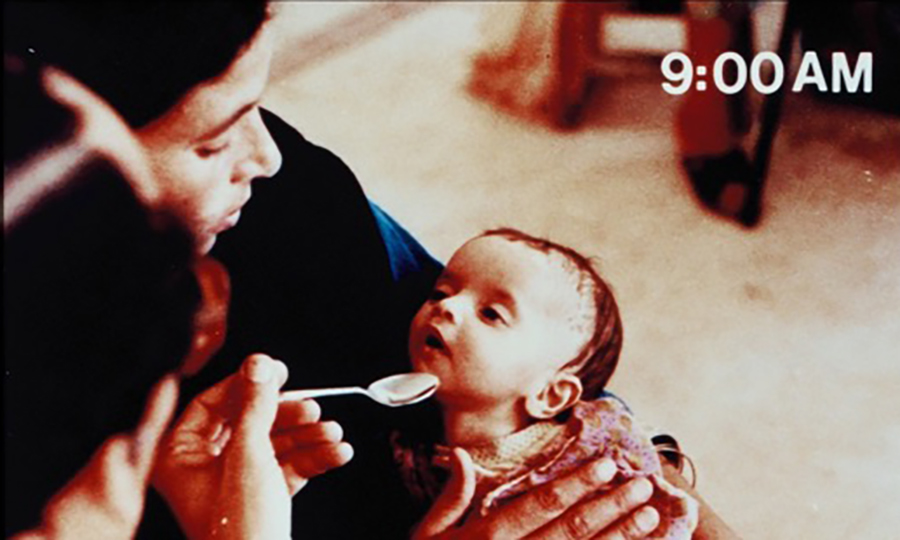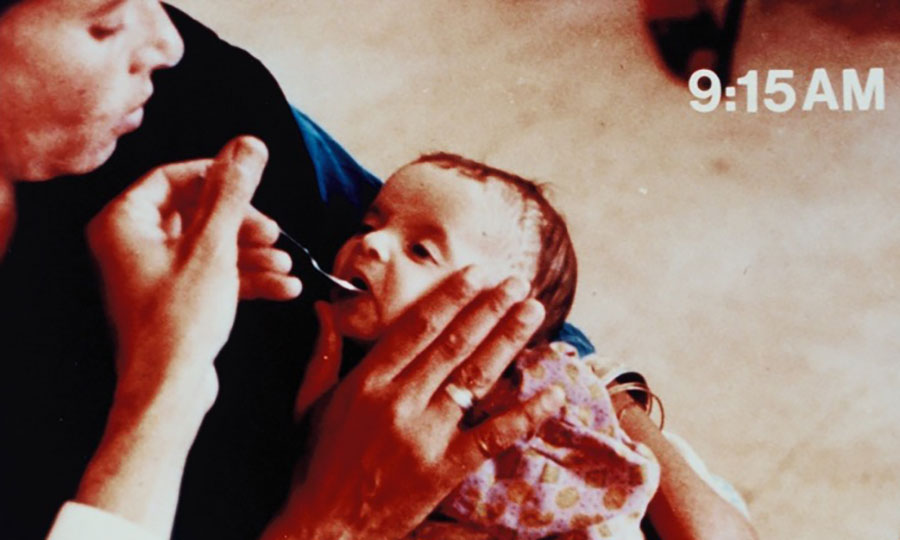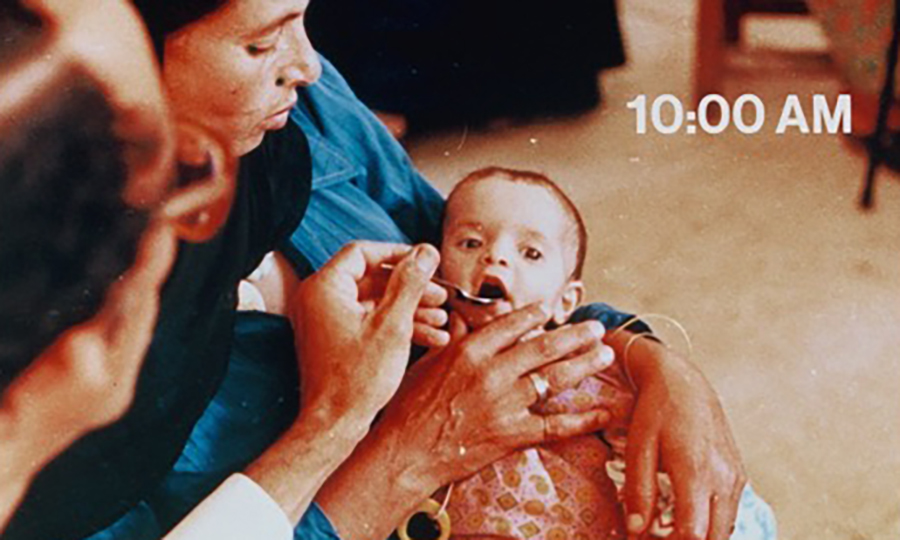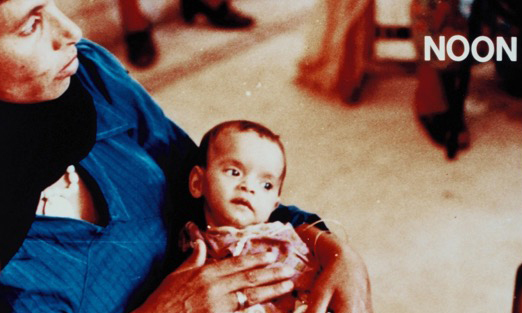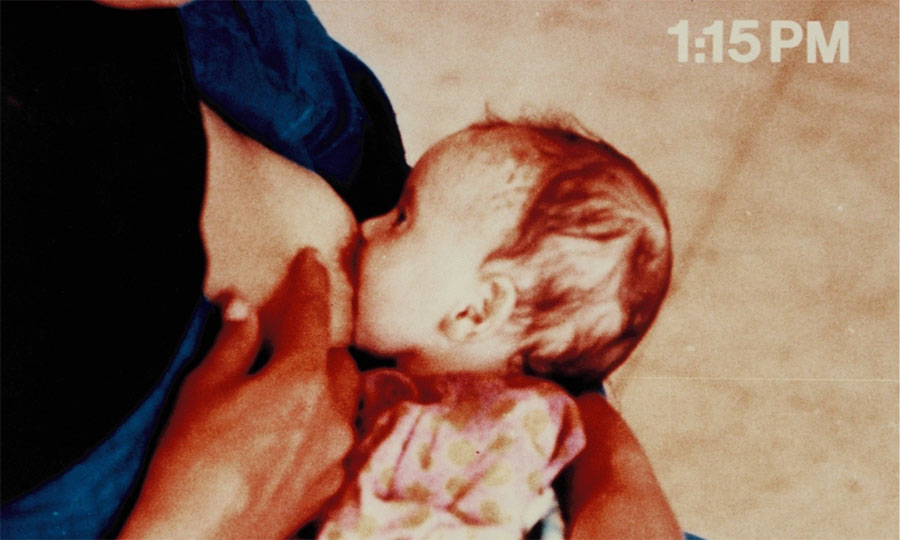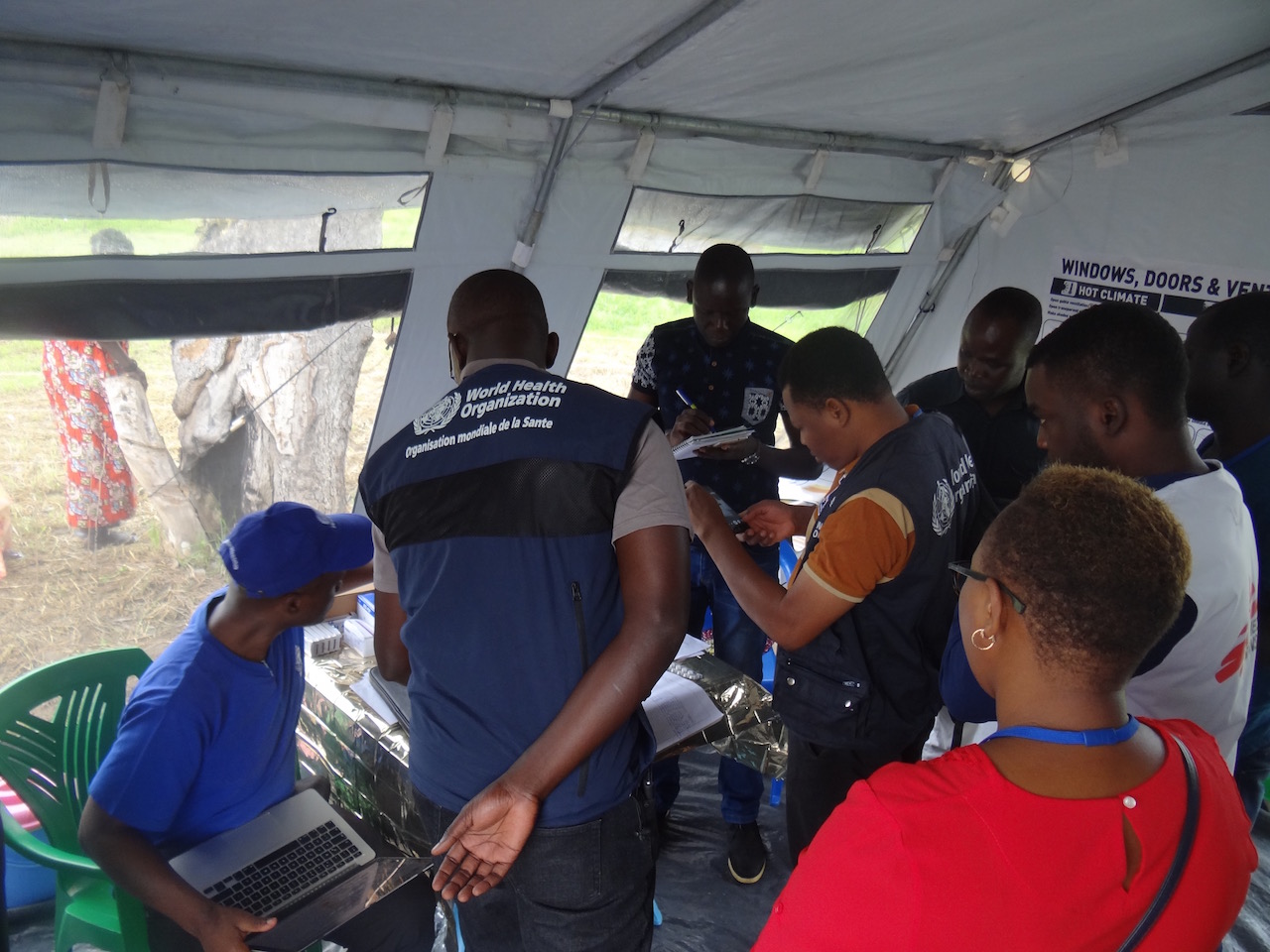History of Oral Rehydration Therapy (ORT)
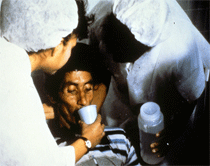
Without treatment, the diarrhea caused by cholera infection can quickly lead to severe dehydration and death. The fluid loss is so rapid that half of those who will die of the disease succumb within 12 hours of developing symptoms. In the 1800s, many physicians believed that cholera destroyed the intestine and that medical intervention was futile. At the time, physicians had little knowledge of microbiology and human physiology, and since the disease was so aggressive, early efforts to rehydrate patients were not successful. There was some experimentation with intravenous (IV) methods to treat the most severely ill patients, but the chemical solutions that were administered tended to be non-sterile and dangerously unbalanced. Oral rehydration treatment was also confounded by immediate reflexive vomiting.
Finding the Right IV Formulation
Progress was slow, but after many years of fine-tuning IV formulations for cholera patients, this method began to reduce mortality. By 1965, improved understanding of physiology and the administration of sterile, well-balanced IV fluids prevented death in almost every case.
However, there were a number of practical limitations to IV administration in cholera-endemic areas such as Bangladesh and India. During seasonal epidemics, for example, hospitals had to admit hundreds of patients each day. The logistical challenges left many patients untreated at home or by the roadside on their way to treatment facilities. With each patient requiring up to 40 liters of sterile IV fluid, supplies quickly ran out.
Exploring Oral Fluid Administration
In the 1960s, a number of physicians began to explore oral fluid administration as a supplemental treatment for cholera patients once IV fluid rehydration had blunted the reflexive vomiting. Pioneering the field was retired Navy Captain Dr. Robert A. Phillips, the third director of the NIAID-funded Cholera Research Laboratory that later became the International Centre for Diarrhoeal Disease Research, Bangladesh (link is external) (ICDDR,B). Dr. Phillips, a pathophysiologist with many years’ experience in cholera research and treatment, had helped to refine IV rehydration methods, but like many physicians, was attracted to the theoretical simplicity and ease of oral rehydration—if it could be accomplished.
The main challenge with oral rehydration was that fluids were not absorbed, and any ingested liquids simply added to the volume of diarrhea. But Dr. Phillips had an idea. Guessing that the strength of the oral fluids was inadequate, he tried adding glucose to the fluids. He immediately noticed that patients drinking glucose-supplemented electrolytes passed less diarrhea, indicating that fluid was being absorbed. Dr. Phillips cautiously reported the phenomenon, and in so doing opened the door to one of the 20th century’s most important medical advances.
Soon afterward, research teams in what are now Dhaka, Bangladesh, and Kolkata, India, conducted careful clinical trials and established that oral rehydration fluids with balanced salts and glucose did indeed result in decreased diarrhea, rapid rehydration and surprisingly quick recovery.
The first clinical trials of what would become known as Oral Rehydration Therapy (ORT) took place in 1968. Patients who were given an oral solution containing glucose and electrolytes were found to need 79 percent less IV rehydration for full recovery than those who did not receive the oral solution. A follow-up study found that patients with mild and moderate cholera cases could be treated with ORT alone. Not only did most patients recover quickly, but the treatment was inexpensive and could be administered by family members in the home, and by other untrained individuals, increasing its effectiveness in emergency and low-resource situations.
Separate studies supported by NIAID showed that administration of the antibiotic tetracycline reduced the need for rehydration fluids by 60 percent. Pathophysiological studies revealed that in contrast to the understanding of earlier years, the cholera pathogen did not destroy the intestine, but used a toxin to alter the transport of solutes across the intestinal membrane. Oral rehydration with the correct fluids sped up recovery by compensating for the activity of the toxin.
ORT Saves Lives Today
ORT remains the current treatment of choice due to its safety, effectiveness, low cost, simple preparation, and easy administration. According to the World Health Organization, up to 80 percent of cholera patients can be successfully treated by ORT alone, the remaining severe cases requiring preliminary IV rehydration before transitioning to ORT. ORT is estimated to save over one million lives per year, and was described in the British Medical Journal’s “Medical Milestones” series as one of the most significant medical advances of the 20th century.
NIAID Research and Future Challenges
Emerging cholera pathogens present a challenge to the power of rehydration therapy and antimicrobials. For example, antimicrobial resistance can affect the ability of the cheap and widely available antibiotic tetracycline to reduce the duration and intensity of disease. In addition, novel cholera pathogens are emerging that possess a particularly active version of the cholera toxin. These strains result in a higher proportion of severe cases that must be immediately rescued with aggressive IV rehydration before receiving ORT. Finally, modern cholera strains are powerfully competitive in the environment, replacing endemic strains and occupying the natural waters upon which hundreds of millions of people depend.
Recent research has shown that these aggressive cholera strains have spread across Asia and Africa, and have recently appeared in Haiti. Cholera remains a fierce pathogen that ruthlessly exploits poverty, inequity, natural and man-made disaster, and poor access to health care. NIAID sponsors a robust research program to understand cholera evolution, develop new therapeutics and vaccines, and collaborate with international partners to continue the fight against this ancient and modern disease.
References
Carpenter CCJ, Sack RB, Mitra PP, Mondal A. Tetracycline therapy in cholera (link is external). Journal of the Indian Medical Association. 43:309-312 (1964).
Chatterjee HN. Reduction of cholera mortality by the control of bowel symptoms and other complications. (link is external) Postgraduate Medical Journal. 33(380):278-284 (1957).
Chin CS, Sorenson J, Harris JB, Robins WP, Charles RC, Jean-Charles RR, Bullard J, Webster DR, Kasarskis A, Peluso P, Paxinos EE, Yamaichi Y, Calderwood SB, Mekalanos JJ, Schadt E, Waldor MK. The origin of the Haitian cholera outbreak strain (link is external). New England Journal of Medicine. 364(1):33-42 (2011).
Fontaine O, Garner P, Bhan MK. Oral rehydration therapy: The simple solution for saving lives. (link is external) British Medical Journal. 334(supp1):s14 (2007).
Nalin DR, Cash RA, Islam R, Molla M, Phillips RA. Oral maintenance therapy for cholera in adults. (link is external) Lancet. 2(7564):370-373 (1968).
Nalin DR, Cash RA, Rahman M. Oral (or nasogastric) maintenance therapy for cholera patients in all age-groups. (link is external) Bulletin of the World Health Organization. 43(3):361-363 (1970).
Phillips RA. Water and electrolyte losses in cholera (link is external). Federation Proceedings. 23:705-712 (1964).
Savarino SJ. A legacy in 20th century medicine: Robert Allan Phillips and the taming of cholera (link is external). Clinical Infectious Diseases. 35(6):713-720 (2002).
Ruxin JN. Magic bullet: The history of oral rehydration therapy. (link is external) Medical History. 38(4):363-397 (1994).
World Health Organization. Fact Sheet No. 107: Cholera (link is external) (2010).








